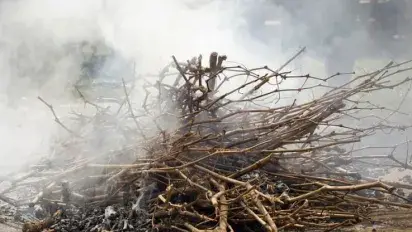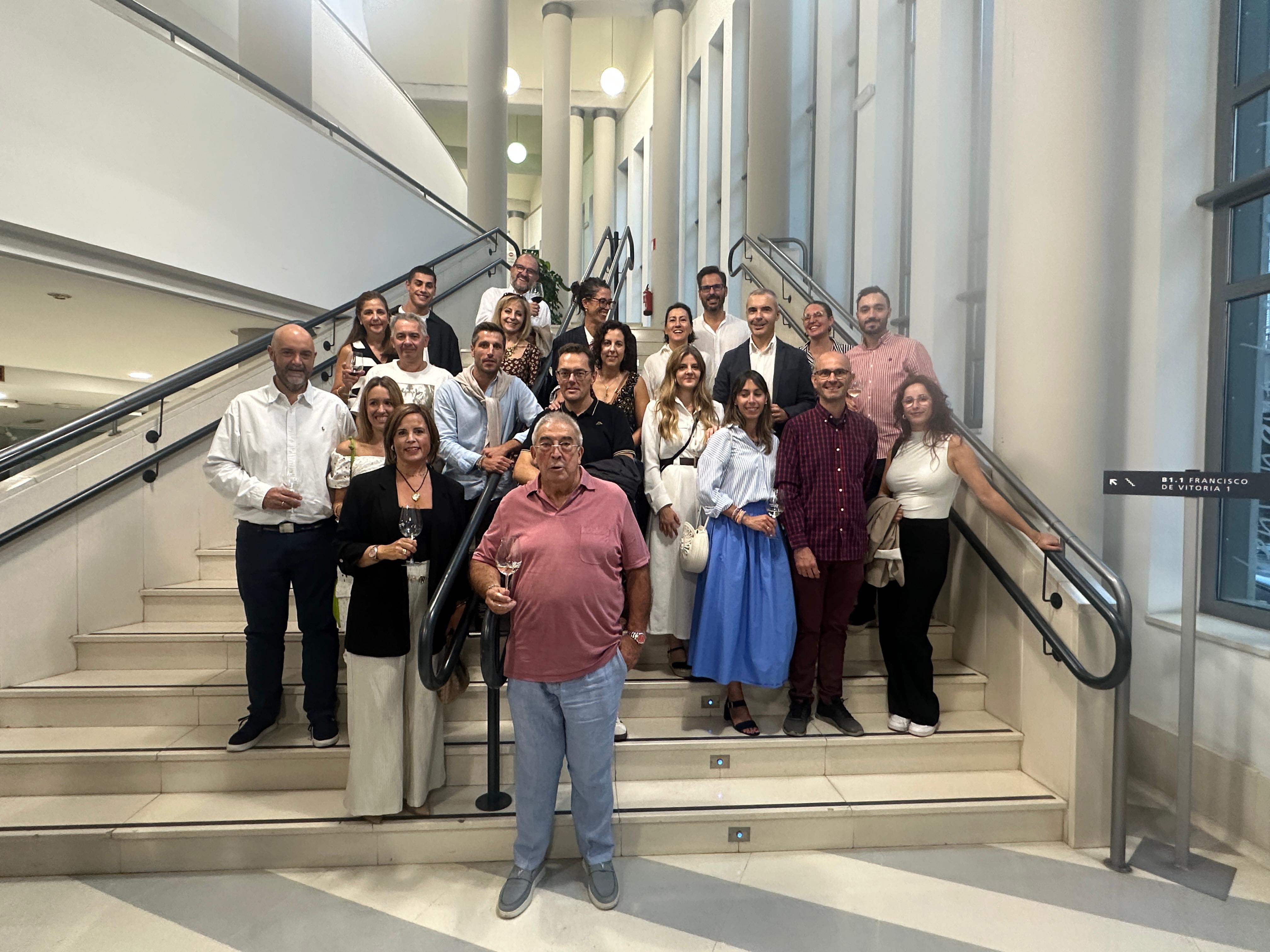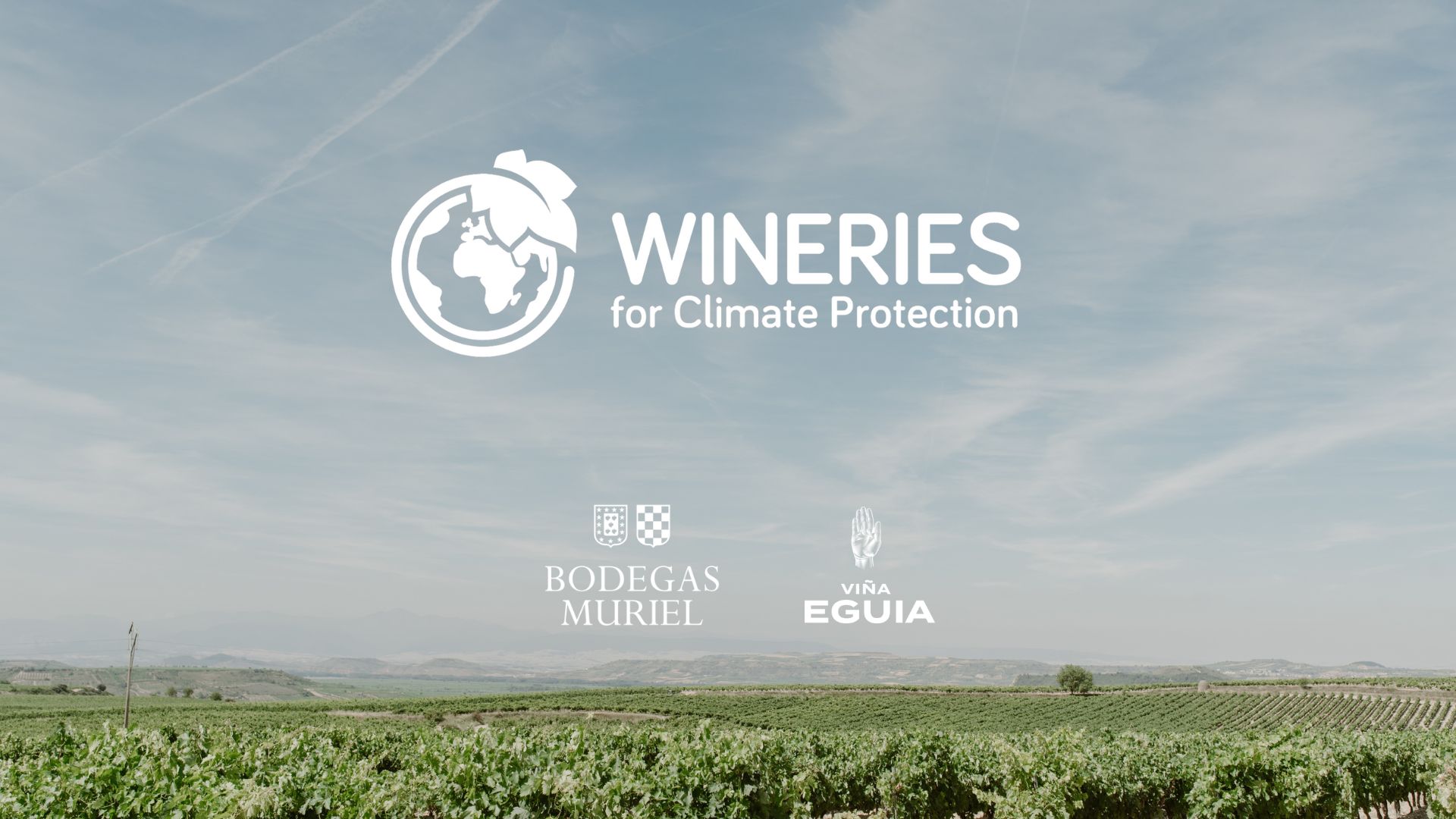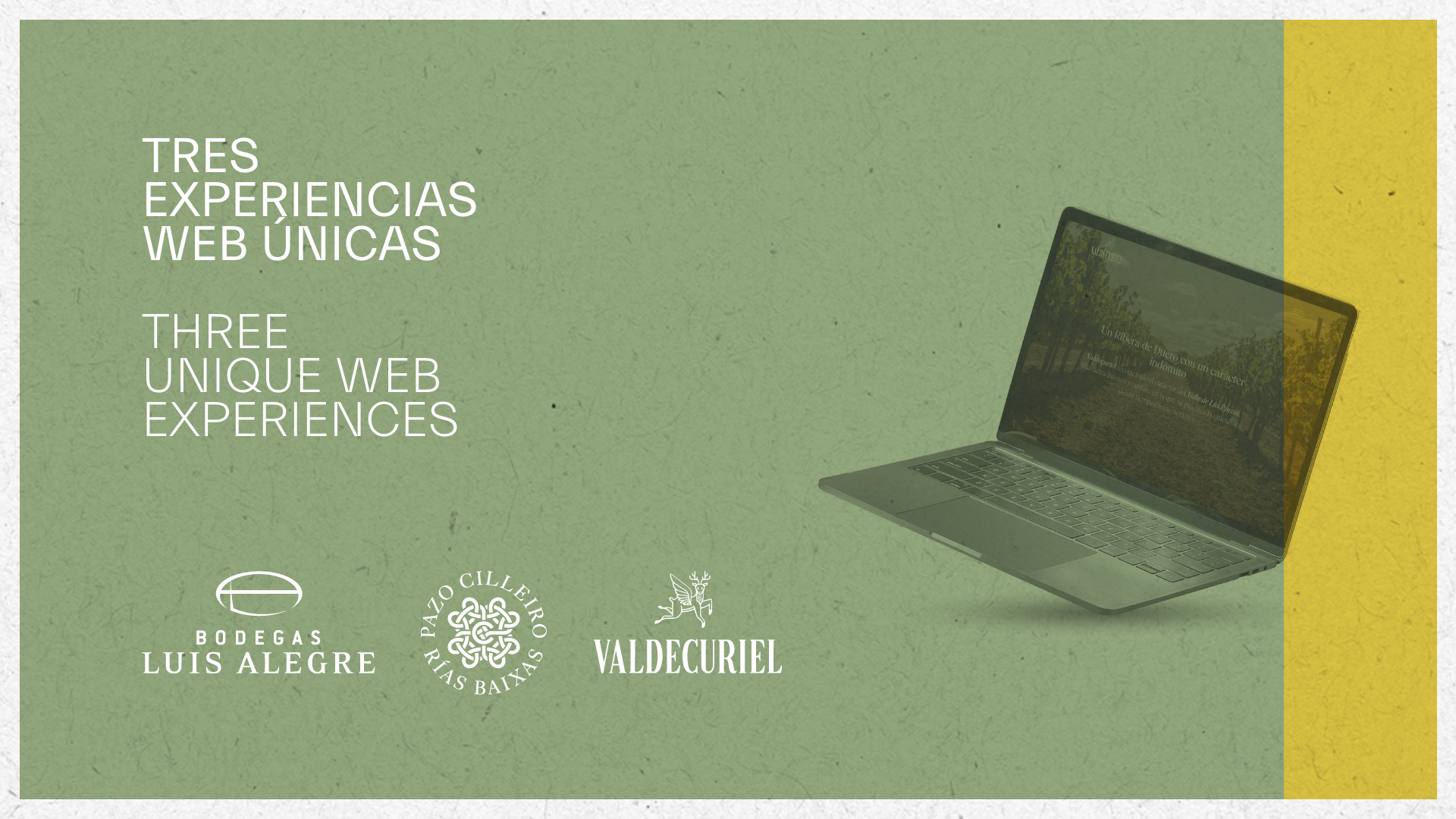These days in the margins of many vineyards, you can see some characteristics "mountains". They are huge piles of vine shoots cut during the winter. Many of them will be used to heat grills and pans.
Due to the easy and abundant availability of vine shoots, these first weeks of spring are the culminating moment of gastronomic traditions such as calçotada, popular food typical of the vine-growing areas of southern Catalonia. If the days are good, it is also a perfect time to open the outdoor season of Rioja's lamb chops. Or to taste a mountain paella cooked to the flame of shoots in any town in the interior of Alicante or the bordering areas of Murcia. Go for it.
Lamb cutlets on vine shoots
We start with our "national" dish. In Rioja vineyards, on both sides of the Ebro river, roasting cutlets of suckling Chamarito lamb is an almost sacred tradition. It is a festive preparation, which is done outdoors, with friends, always accompanied by red wines, preferably with some aging.
There is no secret with the ingredients: a kilo of cutlets ?the standard measure for 4 people? and coarse salt. To obtain the ember, we?ll need a sheaf of shoots, better if they are on the second year, so they will be drier and will provide better combustion. The first step is to burn the grill. Once cleaned with a newspaper sheet, the meat is placed on it. If the meal includes other meats, it is best to grill the cutlets at the end, as they are cooked right away. Important: you must avoid making the cutlets "dizzy": just wait until they are done on one side and only then turn them over. Once they are ready, season them with salt. And enjoy.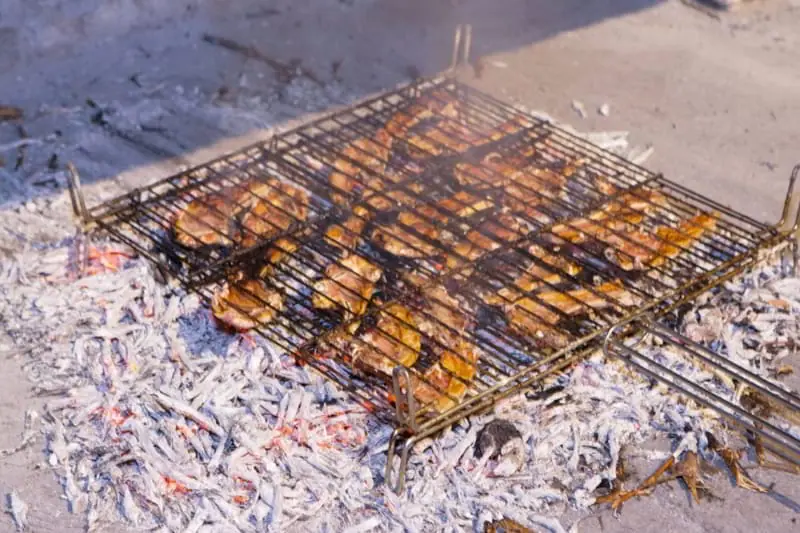
Calçotada
The "calçot" is the son of the onion. It is nothing more than a tender bud that is reburied to keep it growing. After a few days it is collected and it is ready to be consumed. As with lamb cutlets, preparing calçots is very easy. The difference is that, once they are placed on the grills, they are not roasted on the grill but on the flame. The fire will burn the outer layers and cook the heart of the vegetable, which turns hot, tender and with a characteristic sweet taste.
The act of eating the calçots is almost a ritual. It is necessary to peel the vegetable from top to bottom to extract the burned skin and afterwards to spread the inside in a special sauce, the 'salvitxada', very similar to romesco. After roasting the calçots, the embers are used to roast meats: bacon, sausage and, of course, lamb cutlets.
Typical of the viticultural areas that surround Tarragona (in fact, the calçot as such was discovered by a peasant in the small town of Valls a century ago), the calçotada is a feast related with Sunday gatherings. Although calçots can be eaten all year round in many village restaurants throughout Catalonia and beyond, the ideal is to do so whet it?s the season ?from January to April? and, if possible, in a vineyard, by the heat of the flames.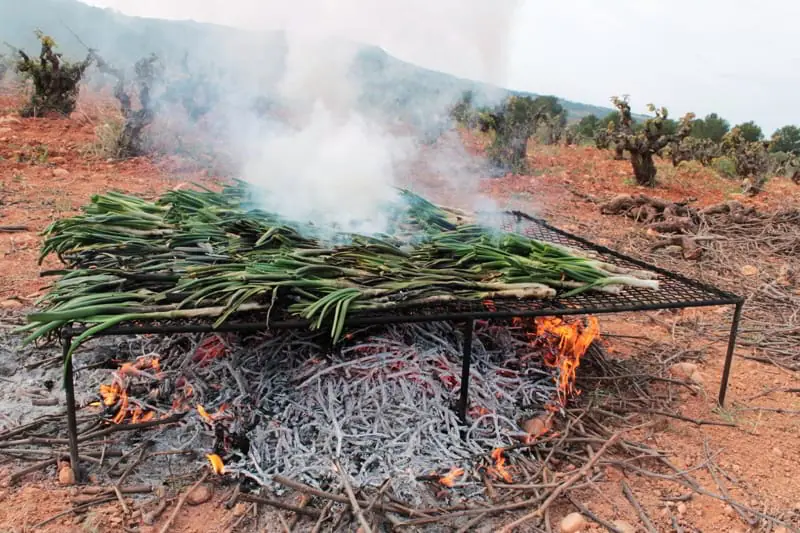
Paellas
The ?Sierras? that surround the southeast of Spain are rugged, harsh and of extreme climate. Here grows the resistant brushwood that feeds snails and rabbits, the main ingredients of the mountain paellas. These are very intense and at the same time very austere rice recipes, cooked on vine shoots of Monastrell and Garnacha Tintorera, which are the native grape varieties of these inland areas of the Alicante and Murcia.
A popular dish, prepared outdoors for ages by the inhabitants of these lands, mountain paella reaches its culinary peak in a handful of essential restaurants. In the town of Pinoso stands out the famous Paco Gandía, where the cook Josefa Navarro manages the flames "with the air of a serene priestess", in the words of El País journalist Jesús Ruiz Mantilla. Apparently the recipe is simple, but it is full of little secrets, a relentless rhythm and, above all, an impressing domain of fire. The result brings us ancestral flavours, from the time when country people prepared their meals using thyme, rosemary, oil and the proteins they had on hand.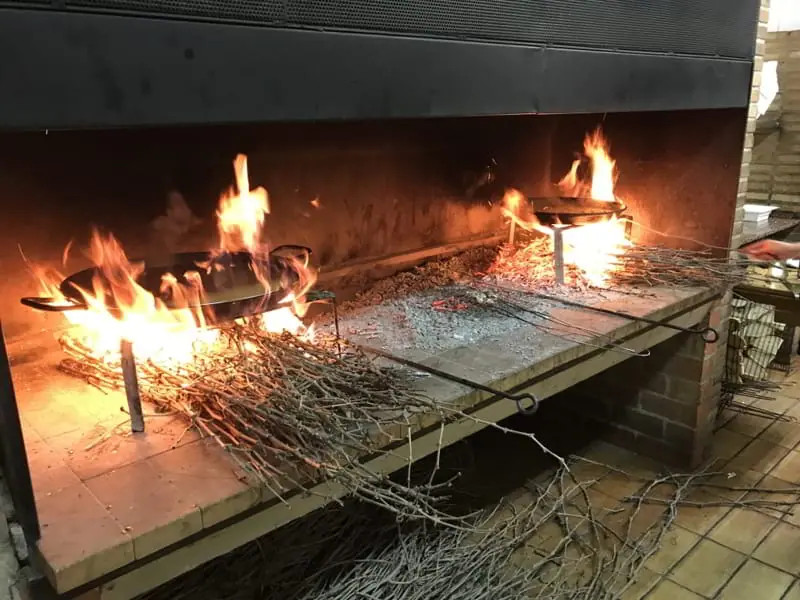
A bite of haute cuisine... with vine shoots
Finally, we return to Rioja, specifically to Venta de Moncalvillo restaurant, where Ignacio Echapresto prepares a recipe as innovative in its presentation as rooted in the environment: hake cheeks cooked on vine shoots. These small ?cocochas? are roasted with delicacy to preserve a healthy smoke aroma between the soft jelly texture. This takes us to that same air of freedom of the feasts under the Rioja skies. Delicious!"
You may also be interested in:
